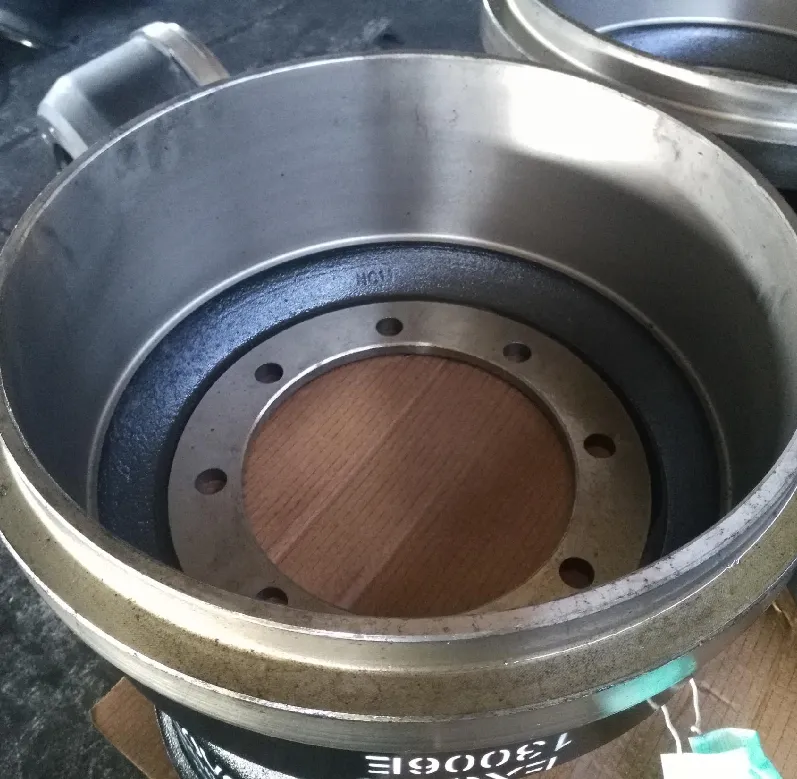
-
 Afrikaans
Afrikaans -
 Albanian
Albanian -
 Amharic
Amharic -
 Arabic
Arabic -
 Armenian
Armenian -
 Azerbaijani
Azerbaijani -
 Basque
Basque -
 Belarusian
Belarusian -
 Bengali
Bengali -
 Bosnian
Bosnian -
 Bulgarian
Bulgarian -
 Catalan
Catalan -
 Cebuano
Cebuano -
 Corsican
Corsican -
 Croatian
Croatian -
 Czech
Czech -
 Danish
Danish -
 Dutch
Dutch -
 ଇଂରାଜୀ |
ଇଂରାଜୀ | -
 Esperanto
Esperanto -
 Estonian
Estonian -
 Finnish
Finnish -
 French
French -
 Frisian
Frisian -
 Galician
Galician -
 Georgian
Georgian -
 German
German -
 Greek
Greek -
 Gujarati
Gujarati -
 Haitian Creole
Haitian Creole -
 hausa
hausa -
 hawaiian
hawaiian -
 Hebrew
Hebrew -
 Hindi
Hindi -
 Miao
Miao -
 Hungarian
Hungarian -
 Icelandic
Icelandic -
 igbo
igbo -
 Indonesian
Indonesian -
 irish
irish -
 Italian
Italian -
 Japanese
Japanese -
 Javanese
Javanese -
 Kannada
Kannada -
 kazakh
kazakh -
 Khmer
Khmer -
 Rwandese
Rwandese -
 Korean
Korean -
 Kurdish
Kurdish -
 Kyrgyz
Kyrgyz -
 Lao
Lao -
 Latin
Latin -
 Latvian
Latvian -
 Lithuanian
Lithuanian -
 Luxembourgish
Luxembourgish -
 Macedonian
Macedonian -
 Malgashi
Malgashi -
 Malay
Malay -
 Malayalam
Malayalam -
 Maltese
Maltese -
 Maori
Maori -
 Marathi
Marathi -
 Mongolian
Mongolian -
 Myanmar
Myanmar -
 Nepali
Nepali -
 Norwegian
Norwegian -
 Norwegian
Norwegian -
 Occitan
Occitan -
 Pashto
Pashto -
 Persian
Persian -
 Polish
Polish -
 Portuguese
Portuguese -
 Punjabi
Punjabi -
 Romanian
Romanian -
 Russian
Russian -
 Samoan
Samoan -
 Scottish Gaelic
Scottish Gaelic -
 Serbian
Serbian -
 Sesotho
Sesotho -
 Shona
Shona -
 Sindhi
Sindhi -
 Sinhala
Sinhala -
 Slovak
Slovak -
 Slovenian
Slovenian -
 Somali
Somali -
 Spanish
Spanish -
 Sundanese
Sundanese -
 Swahili
Swahili -
 Swedish
Swedish -
 Tagalog
Tagalog -
 Tajik
Tajik -
 Tamil
Tamil -
 Tatar
Tatar -
 Telugu
Telugu -
 Thai
Thai -
 Turkish
Turkish -
 Turkmen
Turkmen -
 Ukrainian
Ukrainian -
 Urdu
Urdu -
 Uighur
Uighur -
 Uzbek
Uzbek -
 Vietnamese
Vietnamese -
 Welsh
Welsh -
 Bantu
Bantu -
 Yiddish
Yiddish -
 Yoruba
Yoruba -
 Zulu
Zulu
how rear drum brakes work
Understanding How Rear Drum Brakes Work
Rear drum brakes are a crucial component of a vehicle's braking system, particularly in older models and some budget-friendly cars. Unlike disc brakes, which utilize a flat rotor and calipers, drum brakes consist of a cylindrical drum and a set of brake shoes. Understanding how this system operates can enhance your appreciation for automotive technology and may assist you in maintaining your vehicle.
The Components of Drum Brakes
At the heart of the drum brake system is the brake drum, which is typically made from cast iron or aluminum and attached to the wheel. Inside the drum, you'll find two curved brake shoes that are equipped with friction material, as well as a series of springs and retainers that hold the shoes in place. Additionally, there is a wheel cylinder, a hydraulic component that pushes the brake shoes outward when the brakes are applied.
How the System Works
When you step on the brake pedal, the brake fluid travels through the brake lines and into the wheel cylinder. The hydraulic pressure from the fluid forces the pistons in the wheel cylinder to expand, which in turn pushes the brake shoes against the inside surface of the rotating drum. As these shoes make contact with the drum, friction is generated, slowing down the vehicle's wheels and ultimately bringing it to a stop.
The force of the brake shoes pressing against the drum is very effective, which is why rear drum brakes are often used in conjunction with front disc brakes, as the front brakes handle the majority of the braking force
. This balanced system helps to maintain vehicle stability during deceleration.how rear drum brakes work

Advantages of Rear Drum Brakes
One of the primary advantages of rear drum brakes is their cost-effectiveness. Drum brakes tend to be cheaper to manufacture and install compared to disc brakes. They also tend to perform well in applications where space is limited, such as in compact cars or in the rear of vehicles where lighter braking force is needed.
Additionally, drum brakes provide better performance in terms of holding capability, which is why they are commonly found in parking brake systems. When engaged, the parking brake typically operates the rear drum brakes, preventing the vehicle from rolling when parked.
Maintenance Considerations
Despite their advantages, rear drum brakes require regular maintenance to ensure optimal performance. Over time, the friction material on the brake shoes wears down and may need to be replaced. Furthermore, the drum itself can become scored or warped due to heat and use, necessitating either resurfacing or replacement. It’s also essential to keep the brake components clean and free from moisture to prevent rust and corrosion.
Conclusion
In conclusion, while rear drum brakes may not be as prevalent in modern vehicle designs, understanding how they work is vital for any car owner. Their unique mechanics, cost-effectiveness, and functional benefits make them a reliable choice for many vehicles. Regular care and maintenance will keep them functioning effectively, ensuring safety and performance on the road. Whether you're a DIY enthusiast or simply a curious driver, knowing how your brakes work helps cultivate a deeper understanding of your vehicle and its maintenance needs.
-
Rear Drum Brakes Maintenance Tipsସମ୍ବାଦAug.04,2025
-
Key Components Affecting Brake Drum Functionସମ୍ବାଦAug.04,2025
-
Important Inspection for Truck Drum Brakeସମ୍ବାଦAug.04,2025
-
How to Prepare for Changing Rear Drum Brakesସମ୍ବାଦAug.04,2025
-
Essential Tools for Cleaning Drum Brakes Properlyସମ୍ବାଦAug.04,2025
-
Brake Drum Function Guideସମ୍ବାଦAug.04,2025
-
Safety Features of Red Brake Drumsସମ୍ବାଦAug.01,2025
